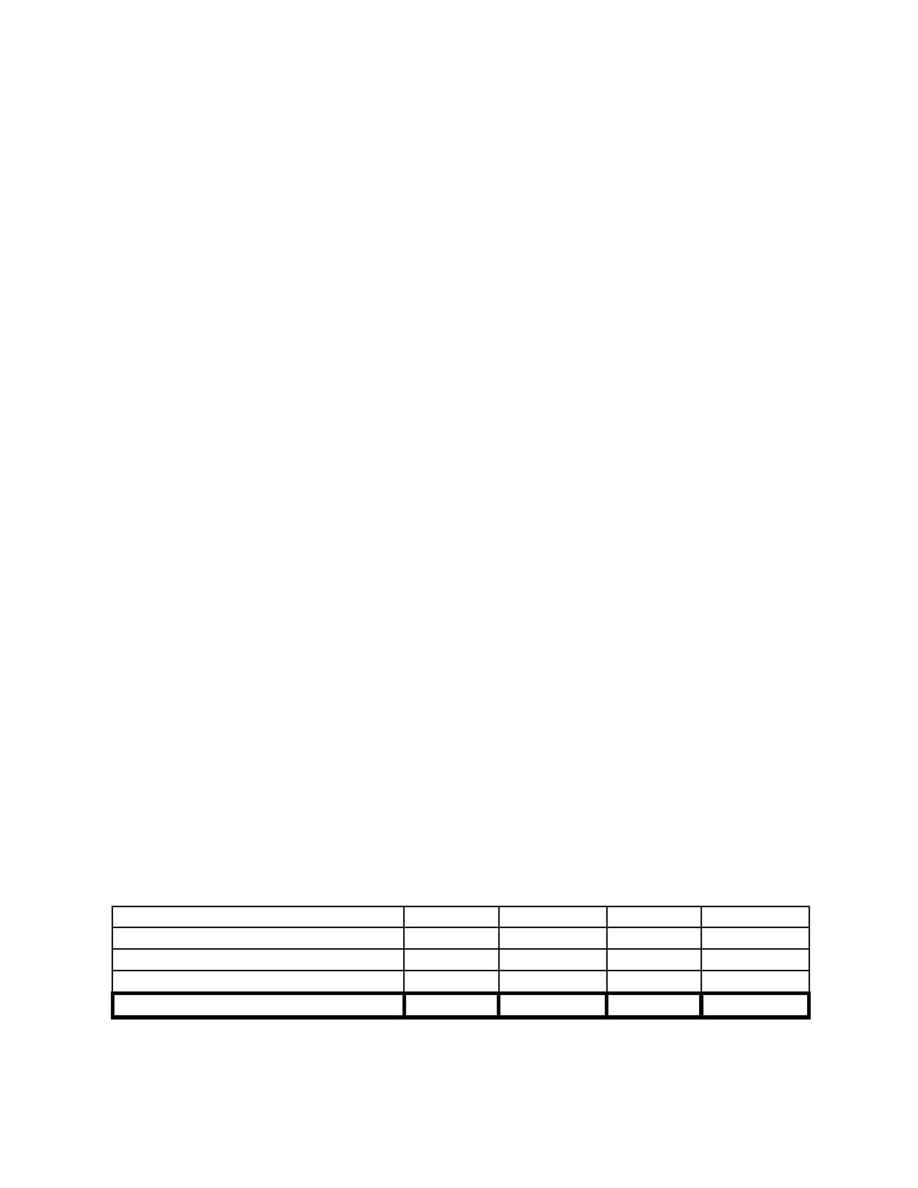
Innovations in Paraxylene Technology
By Joseph C. Gentry, Sam Kumar and H. M. Lee,
GTC Technology Corporation
Houston, Texas
Introduction
During the last 30 years, there has been a grand evolution in paraxylene production
technology, with many technology and equipment improvements being instituted in the
industry. Typically, these improvements bring economic, as well as processing advantages to
the producer. Such developments are vital, as the capital costs for process equipment to
separate the isomers remain very high, and the production costs hover around US $100 per
ton-PX. Unfortunately, further advancements have stagnated, and significant improvements
are unlikely to evolve from the most widely used set of technologies.
This paper will challenge the conventional thinking about paraxylene technology and correct
some of the misinformation about optimum production methods, which has proliferated in
recent years. We will see some true innovations in technology and alternative processing
modes, which can substantially improve the economics of paraxylene production.
TECHNOLOGY FUNDAMENTALS
When evaluating the possible production methods for a petrochemical, one must understand
how the molecules are generated, and how it is possible to recover and purify these
components. Xylenes are primarily produced by the catalytic reforming of naphtha; and to a
lesser extent produced as a by-product of the steam cracking of naphtha. The
thermodynamics of these two production methods yield a mixed xylenes stream containing a
dilute concentration of paraxylene (PX) in the mixture with metaxylene (MX), orthoxylene
(OX), and ethylbenzene (EB). However, the worldwide demand for paraxylene is much
greater than for the other isomers, making their presence less valuable.
Table 1. Feedstock Distribution of Xylene Isomers
Compared to Worldwide Demand
Xylene isomer
EB
PX
MX
OX
Distribution
Reformed naphtha (C
8
) cut
18%
21%
41%
20%
Pygas (C
8
) cut
52%
12%
25%
11%
Demand for separated isomers
1%
86%
3%
10%
To have a reasonable production volume from a given feedstock, the undesirable isomers are
converted back into PX or OX in an isomerization unit, after the paraxylene has been
recovered.
